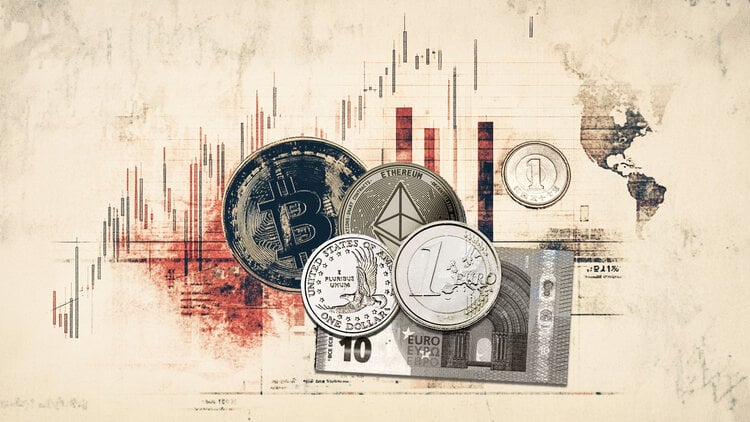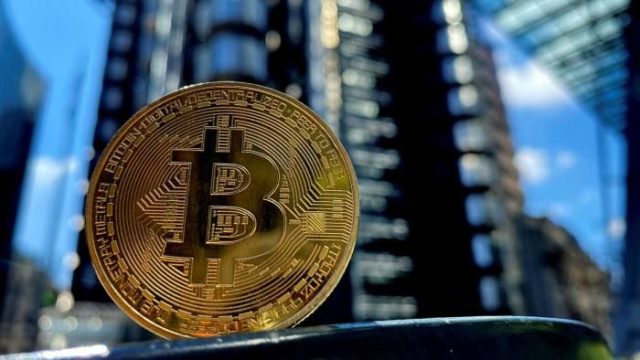- The USD/JPY falls around 143.00 as the general weakness of the US dollar drives YEN profits.
- Commercial conversations between the US and Japan stagnate while Tokyo resists the pressure to open agriculture, Trump criticizes rice imports.
- The manufacturing PMI of Japan Au Jibun Bank returns to expansion, the Tankan survey shows a slight improvement in business feeling.
The Japanese Yen (JPY) wins against the US dollar (USD) on Tuesday, reaching its highest level in more than two weeks, since the weak dollar in general remains under pressure in the midst of fiscal uncertainty and moderate expectations of the Federal Reserve (Fed).
The USD/JPY pair is going down, around the mark of 143.00 during the American session, with a fall of around 0.70% in the day. The strength of the YEN persists even when the renewed commercial tensions with the United States intensify, highlighting the general weakness of the US dollar as the main engine of the market.
Commercial tensions between the United States and Japan have resurfaced, with recent negotiations that have produced little progress. Washington is pressing Tokyo to open its agricultural markets, particularly for American rice, while also demands greater access for US cars exports. “They will not take our rice, and still have a great shortage of rice. In other words, we will simply send them a letter, and we love having them as a commercial partner for many more years,” Trump said in a publication in a social publication.
However, Japan remains firm to protect its national farmers, rejecting what it considers excessive US pressure. “I have repeatedly declared that agriculture is the base of the Nation,” said the main commercial negotiator and Minister of Economy Ryosei Akazawa at a press conference. “In negotiations with the United States, our position remains the same: we will not participate in conversations that sacrifice the agricultural sector,” he added, noting that he would continue to negotiate with his American counterparts to protect the national interests of Japan.
Japan’s latest economic data show signs of a slow but constant recovery. The manufacturing PMI of the Au Jibun Bank rose to 50.1 in June, the first expansion in 13 months, driven by an improvement in industrial production and the seventh month of employment growth, although new orders and exports continue to fall in the middle of the persistent tariff uncertainty. Meanwhile, the latest Tankan survey of the Bank of Japan showed that business confidence among large manufacturers improved slightly. The index rose to 13 in the second quarter, from 12 in the previous quarter and above the market expectations of 10, pointing out a modest impulse in the feeling.
Kazuyuki Masu, the new incorporation into the Bank of Japan’s Policy Council, adopted a cautious tone on Tuesday, stating that the Central Bank should not hurry to increase interest rates given the persistent economic uncertainty. Masu emphasized that underlying inflation remains below the 2% objective of the BOJ and highlighted the importance of a gradual approach towards the normalization of policy amid global commercial tensions and internal uncertainties.
Looking ahead, the operators will closely monitor the key data of the US labor market, with the ADP employment change report scheduled for Wednesday, followed by the very anticipated publication of non -agricultural payroll (NFP) on Thursday. Weakest figures could strengthen the expectations of a rate cut by the Fed in September, which could exert greater downward pressure over the US dollar.
And in Japanese faqs
The Japanese Yen (JPY) is one of the most negotiated currencies in the world. Its value is determined in general by the march of the Japanese economy, but more specifically by the policy of the Bank of Japan, the differential between the yields of the Japanese and American bonds or the feeling of risk among the operators, among other factors.
One of the mandates of the Bank of Japan is the currency control, so its movements are key to the YEN. The BOJ has intervened directly in the currency markets sometimes, generally to lower the value of YEN, although it abstains often due to the political concerns of its main commercial partners. The current ultralaxy monetary policy of the BOJ, based on mass stimuli to the economy, has caused the depreciation of the Yen in front of its main monetary peers. This process has been more recently exacerbated due to a growing divergence of policies between the Bank of Japan and other main central banks, which have chosen to abruptly increase interest rates to fight against inflation levels of decades.
The position of the Bank of Japan to maintain an ultralaxa monetary policy has caused an increase in political divergence with other central banks, particularly with the US Federal Reserve. This favors the expansion of the differential between the American and Japanese bonds to 10 years, which favors the dollar against Yen.
The Japanese Yen is usually considered a safe shelter investment. This means that in times of tension in markets, investors are more likely to put their money in the Japanese currency due to their supposed reliability and stability. In turbulent times, the Yen is likely to be revalued in front of other currencies in which it is considered more risky to invest.
Source: Fx Street
I am Joshua Winder, a senior-level journalist and editor at World Stock Market. I specialize in covering news related to the stock market and economic trends. With more than 8 years of experience in this field, I have become an expert in financial reporting.







